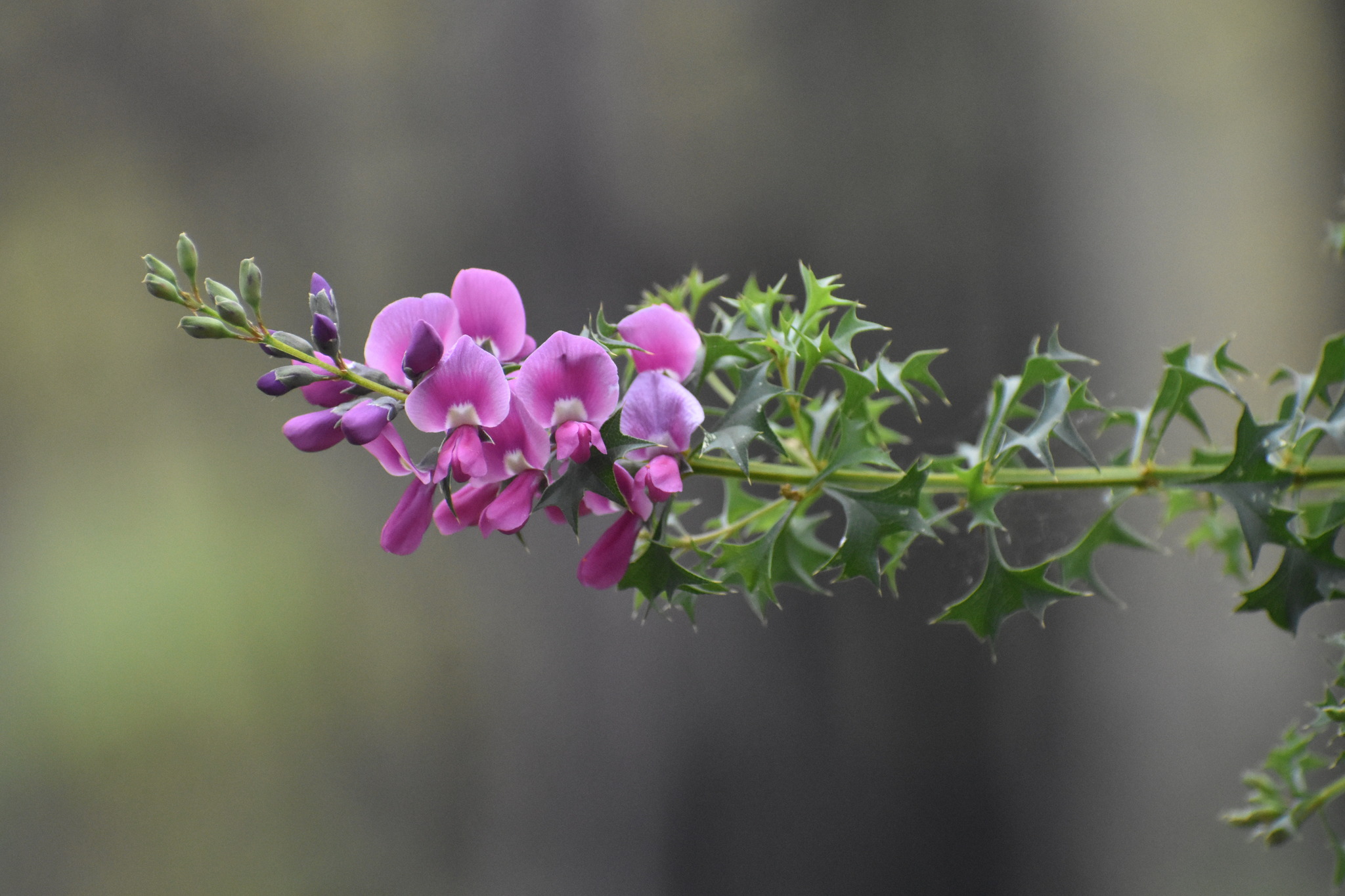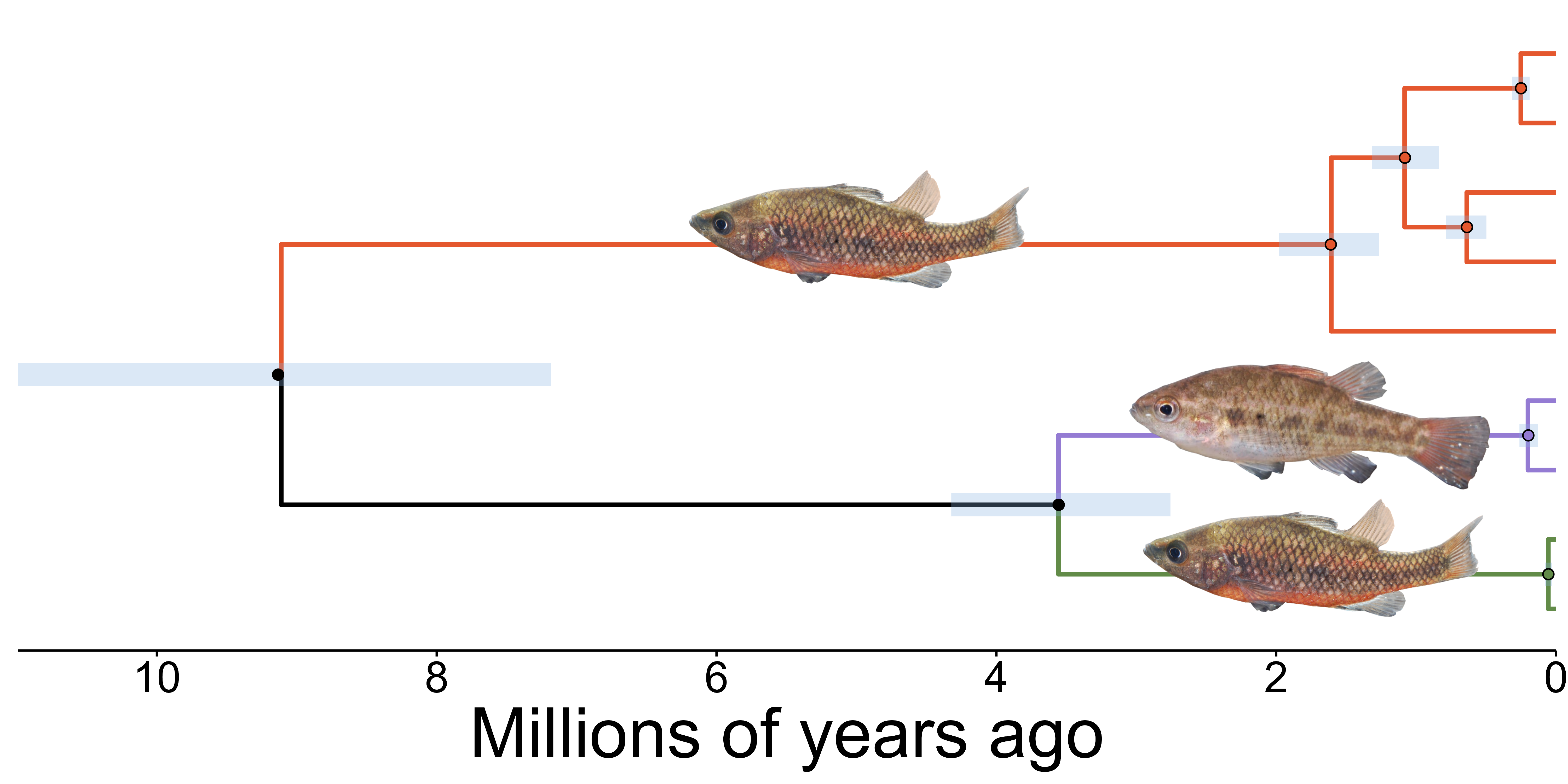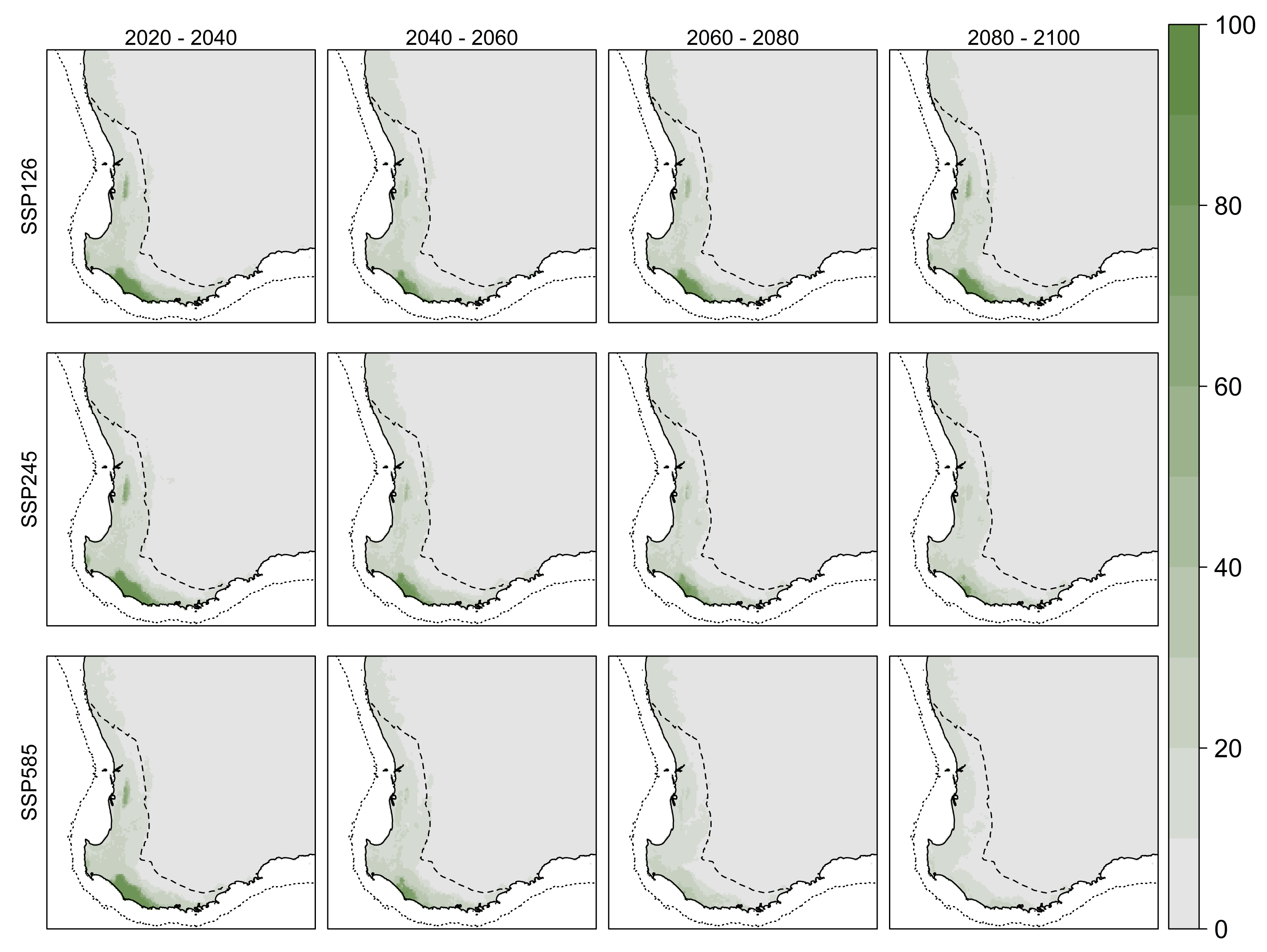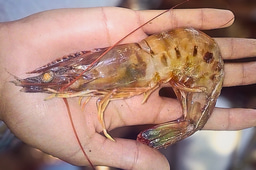From stable past to uncertain future: how climatic stability shapes a biodiversity hotspot
Published in Ecology & Evolution, Genetics & Genomics, and Zoology & Veterinary Science

Climate change threatens biodiversity across the globe, but some regions are at greater risk than others. This includes places where recent climatic changes are occurring faster and resulting in more extreme events, and those with higher biodiversity (as a greater number of species may be impacted). In some parts of the world, like southwest Western Australia, both are true.
The southwest Western Australia (SWWA) biodiversity hotspot spans over 356,000 square kilometres of the corner of the continent, covering temperate forests and grasslands. It hosts more than 8,000 species of plants (of which about half are endemic) and over 500 recorded vertebrate species. The remarkable diversity of the region has been suggested to be linked to its isolated and ancient landscape, and some protection from major climatic changes in the past.

Unfortunately, SWWA is also a climate change hotspot. Since the 1970s, rainfall has decreased by 10 – 15% and is predicted to worsen in the coming decades. Over the last century, the region has also experienced a 1.1°C increase in temperature. This remarkable biodiversity is already suffering the consequences, including species declines and recent forest die offs. This is especially concerning if historically stable climates have been key to generating this biodiversity: climate change presents a novel threat to this incredible ecosystem, and endemic species might not have evolved the capacity to respond. Understanding the role of historical climate stability is required to better predict the potential impacts of climate change in the region.
Our research, led by the Molecular Ecology Lab at Flinders University, focused on two small freshwater fishes endemic to SWWA: the western (Nannoperca vittata) and little (Nannoperca pygmaea) pygmy perches. The western pygmy perch is found across the region, whilst the little pygmy perch is only found in a handful of rivers (and is listed as Endangered in state, national and global conservation lists). Based on our prior research, we knew that these species had likely existed in the landscape for a very long time and would be ideal models to look at the interaction of climatic history and evolutionary patterns. We generated genomic data (19,426 ddRAD loci) from nine populations accessed through museum collections, assessing their evolutionary relationships, divergence histories, and gene flow over time. We combined these methods with environmental approaches – specifically, species distribution modelling – to see how the climatic history of the region had shaped their evolution.

Our genomic results identified three highly divergent genetic lineages: one of the little pygmy perch, and two separate western pygmy perch lineages. Interestingly, the two western pygmy perch lineages were not closely related at all, with one sharing a more recent ancestor with N. pygmaea. This suggests - at a minimum - that there are three separate species in our dataset, with two "cryptic" species of N. vittata. Although our findings suggest the taxonomy for this species needs to be re-evaluated, we were not able to assign our putative cryptic species to either of the two available holotypes: additional work is needed to better describe and define these species. Using a time calibration derived from previous studies, we found that these two cryptic species last shared an ancestor around nine million years ago, with no evidence for gene flow between them. This suggests that they have been persisting in isolation for a very long time.

Our environmental approaches supported this conclusion. Using reconstructions of past climate in the region, we found relatively little change in species ranges over time: save for a small expansion coastward during the lower sea levels of ice ages, pygmy perches have been found in the same areas since the Pliocene. These patterns reflect the climate itself, which has remained relatively stable over that same time period (particularly compared to other parts of Australia). This stability allowed these isolated lineages to persist over time, accumulating unique genetic differences and forming distinct lineages (including cryptic species). However, modelling these distributions under future climate change produced a stark picture, with large declines in range across the species. In a business-as-usual scenario, this included the complete loss of suitable climate for one of the cryptic species within the next few decades.

Together, our results demonstrate how past climatic stability has allowed divergent and isolated lineages to persist, generating the biodiversity underpinning a global hotspot. This includes the formation of new, undescribed cryptic species, highlighting the value of incorporating genomic information into taxonomic assessments. However, rapid contemporary climate change threatens their future: not just because of the change in suitable habitat, but because this lack of historical climatic changes might mean they also lack the required biological traits to respond. For SWWA – both a biodiversity and climate change hotspot – conservation management actions which improve adaptive capacity, like genetic rescue, might be necessary to preserve our unique diversity.
Follow the Topic
-
Heredity

The official journal of the Genetics Society, covering a broad range of topics within the field of genetics.






Please sign in or register for FREE
If you are a registered user on Research Communities by Springer Nature, please sign in